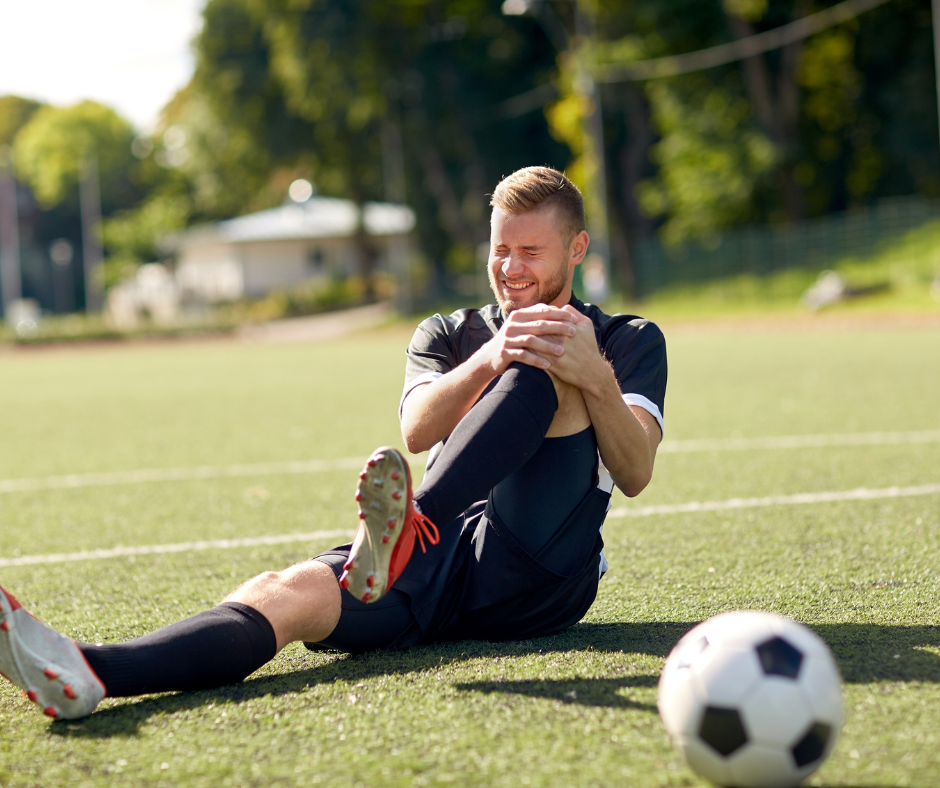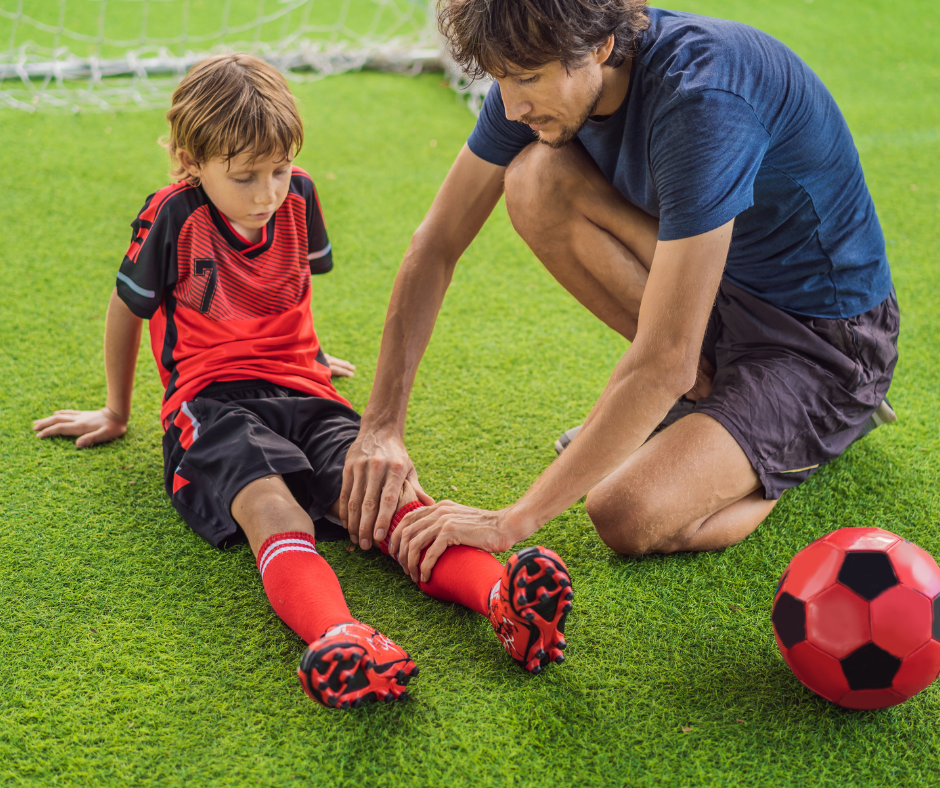ACL Injuries in Soccer: Prevention and Recovery Strategies
Posted by: Reform Physical Therapy in Injury Prevention, Sports & Athletics on September 12, 2025
Soccer is one of the most popular sports in Maine. From kids playing rec league games to high school athletes and adults in community programs, soccer is a sport that brings people together. It is fast, exciting, and fun—but it also puts a lot of stress on the knees. One of the most common knee injuries in soccer is an ACL tear.
The ACL, or anterior cruciate ligament, is a band of tissue inside the knee that keeps it stable. When the ACL is injured, it can feel like the knee gives out or won’t hold weight. For soccer players, an ACL tear can mean months away from the game. The good news is that there are ways to lower the risk of injury, and if it does happen, physical therapy plays a huge role in recovery.


How ACL Injuries Happen
The ACL can be injured in several ways. Soccer players often tear the ACL when they suddenly stop running, quickly change direction, or land awkwardly after a jump. Sometimes the injury happens when another player makes contact, but most ACL tears in soccer are non-contact. Many athletes hear a pop, feel pain right away, and notice the knee starting to swell. The knee may also feel unstable or “wobbly.”
Why Soccer Players Are at Risk
Soccer involves a lot of cutting, sprinting, and jumping, which all put pressure on the knees. When players get tired, their muscles don’t protect the knee as well, which increases the risk of injury. Slippery fields or the wrong cleats can also add stress. Research shows that female athletes are at higher risk because of natural differences in body mechanics, but proper training can help reduce that risk.
Preventing ACL Injuries
The best way to prevent ACL injuries is through smart training. A proper warm-up before practice or games is one of the most effective tools. Programs like FIFA 11+ are designed to prepare the body with running drills, balance exercises, and safe landing techniques. Players who use these warm-ups consistently are less likely to get hurt.
Strength training also matters. Strong hamstrings, glutes, and quads give the knee extra support. Practicing safe movement patterns is important, too. Learning how to land softly with knees bent and over the toes, and how to cut without letting the knees collapse inward, makes a big difference. And finally, rest is just as important as training. Athletes who are well-rested and hydrated are better able to protect their joints during play.


Recovering From an ACL Injury
Even with the best prevention, ACL injuries still happen. When they do, the first step is to stop playing and get the knee checked right away. Some players with partial tears may recover without surgery if they follow a structured physical therapy program. For complete tears, or for athletes who want to keep playing soccer, surgery is often the best option.
Physical therapy is essential both before and after surgery. Early therapy focuses on reducing swelling, regaining motion, and keeping the muscles strong. Later therapy works on balance, power, and agility so the athlete can safely return to soccer. A return-to-sport plan should be based on meeting strength and movement goals—not just the number of months since surgery.
How Reform PT Helps
At Reform Physical Therapy, we create personalized prevention and recovery plans for soccer players. We start with movement screenings to find weaknesses or risky patterns. We then design warm-ups, strength routines, and sport-specific drills to keep athletes strong and safe. For players recovering from an ACL tear, we use clear testing standards to make sure they are truly ready to get back on the field.
ACL injuries can feel overwhelming, but with the right plan, athletes can recover and return to the sport they love. Prevention programs, consistent training, and professional guidance all make a big difference. If you or your child plays soccer and wants to stay strong, or if you’re recovering from an ACL injury, Reform PT is here to help.
Schedule a consultation today and let’s build a plan to protect your knees and keep you in the game.
